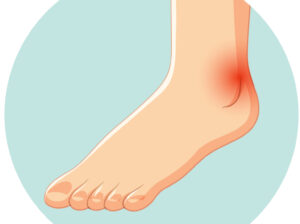 Swollen ankles, also known as ankle edema, can occur for a variety of reasons. Swelling in the ankles is often a result of excess fluid buildup in the tissues surrounding the ankle joint. Some common causes and homeopathic medicines for swollen ankles
Swollen ankles, also known as ankle edema, can occur for a variety of reasons. Swelling in the ankles is often a result of excess fluid buildup in the tissues surrounding the ankle joint. Some common causes and homeopathic medicines for swollen ankles
Injury: Ankle sprains, strains, or fractures can lead to immediate swelling as part of the body’s natural response to injury.
Prolonged standing or sitting: If you spend long periods of time on your feet or sitting without moving your legs, fluid can accumulate in the lower extremities, leading to swelling.
Edema: Edema is a condition characterized by the retention of excess fluid in the body’s tissues. It can be caused by various factors, including heart problems, kidney disease, and certain medications.
Pregnancy: Pregnant women often experience swelling in the ankles and feet, especially in the later stages of pregnancy, due to increased pressure on blood vessels and hormonal changes.
Venous insufficiency: When the veins in the legs have difficulty returning blood to the heart, it can result in swelling in the ankles and lower legs.
Lymphedema: This condition occurs when the lymphatic system is impaired, leading to fluid buildup and swelling, typically in one limb but sometimes affecting both.
Infections: Infections or cellulitis in the lower leg or ankle can cause localized swelling and redness.
High sodium intake: A diet high in salt (sodium) can lead to water retention in the body, including the ankles.
Homeopathic Medicines for Swollen Ankles
1. Apis Mellifica
Sudden Onset: Swelling of the ankles that comes on suddenly and is accompanied by a stinging or burning sensation.
Puffy, Shiny Appearance: The affected area, in this case, the ankles, may appear puffy and shiny, as if it’s filled with fluid.
Heat and Redness: The swollen ankles may feel hot to the touch and appear red.
Worsening with Heat: Swelling tends to worsen with exposure to heat or warm applications.
Relief with Cold: Applying something cold or using cold compresses on the swollen ankles may provide relief and improve the condition.
No Thirst: Unlike some other remedies, people who need Apis mellifica may have little or no thirst, even when they are experiencing swelling and heat.
Aggravation from Pressure: Pressure, such as from tight clothing or a bandage, can worsen the swelling and discomfort. 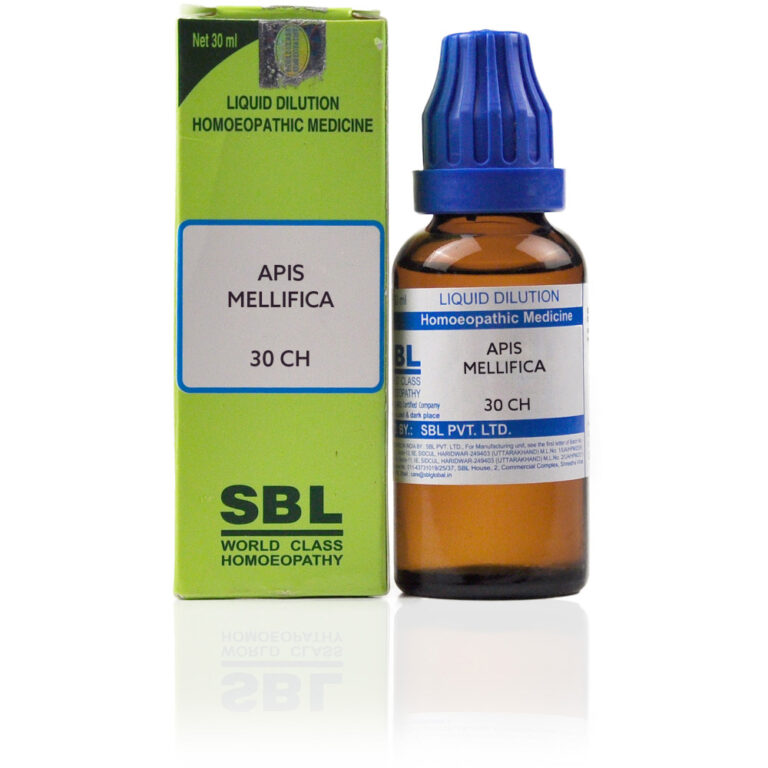
2. Arnica Montana
Trauma or Injury: Arnica is often recommended when swelling in the ankles is the result of a recent injury, such as a sprain, strain, or bruise. It can help reduce swelling and alleviate pain in the affected area.
Soreness and Bruising: Swollen ankles that are accompanied by soreness, tenderness, or bruising may respond well to Arnica. This remedy is especially useful if the swelling is due to blunt trauma or impact.
Stiffness and Discomfort: If the swelling in the ankles is associated with stiffness and discomfort, Arnica may provide relief. It can help improve mobility and reduce discomfort in the affected area.
Worsening with Movement: Swelling that worsens with movement or touch, but eases when the affected area is at rest, is a characteristic symptom that may indicate the use of Arnica.
Generalized Swelling: Arnica is not typically used for chronic or generalized edema that is not related to injury. It is more suitable for localized swelling caused by trauma.
Pain and Sensitivity: Swollen ankles with a sensation of soreness, tenderness, or pain that feels better with the application of cold packs may be indicative of Arnica use. 
3. Lycopodium
Swelling on the right side: Lycopodium is often associated with symptoms that predominantly affect the right side of the body. Swelling in the right ankle may be a characteristic indication.
Gentle, shifting edema: Lycopodium is sometimes considered when the edema (swelling) is more fluid and shifting in nature. This means that the swelling may come and go, and it may move from one part of the body to another.
Digestive issues: Lycopodium is known for its affinity with digestive complaints. Swollen ankles accompanied by bloating, gas, or other digestive symptoms may lead a homeopathic practitioner to consider this remedy.
Timid, introverted disposition: In homeopathy, mental and emotional symptoms are often taken into account. Lycopodium may be suggested for individuals who have a timid, reserved, or introverted personality.
Worse on the right side: Symptoms in Lycopodium tend to worsen on the right side of the body. This may include increased swelling or discomfort in the right ankle.
4. Natrum muriaticum
Edema: Swollen ankles with an accumulation of fluid in the lower extremities, especially in the morning. The edema may be puffy and soft, and it often improves with cold applications or open air.
Thirst for Salt: A craving for salty foods, which can contribute to fluid retention in the body.
Emotional Symptoms: Natrum muriaticum is often associated with emotional symptoms, such as sadness, grief, or suppressed emotions. Swelling in the ankles may occur or worsen during emotional upsets or grief.
Sun Sensitivity: People who need Natrum muriaticum may have an increased sensitivity to sunlight, and their symptoms, including ankle swelling, may worsen with sun exposure.
Dryness: Along with edema, there may be dryness in other parts of the body, such as dry skin or dry mucous membranes.
Desire for Solitude: People who benefit from this remedy may prefer solitude and tend to suppress their emotions rather than express them openly.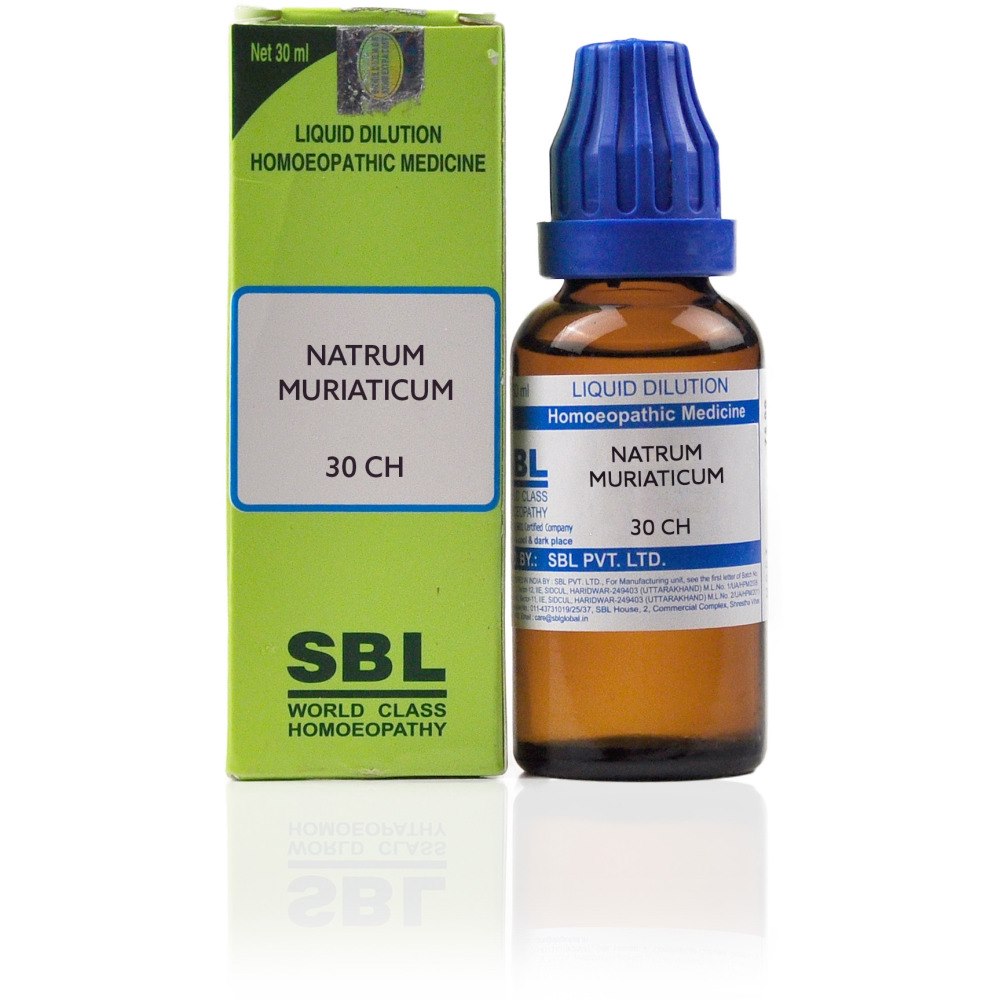
5. Rhus Toxicodendron
Stiffness and restlessness: Rhus tox is often indicated when there is stiffness and restlessness that is relieved by movement. People who need this remedy may find that they feel better when they start moving their ankles but may experience discomfort when they first get up after rest.
Swelling with redness: Rhus toxicodendron may be chosen for swollen ankles that are red, hot, and inflamed. The swelling may be associated with conditions like arthritis or strains.
Aggravation in damp weather: Some individuals who require Rhus tox may experience worsening of symptoms, including swollen ankles, in damp or wet weather conditions.
Tearing or shooting pains: This remedy is often used for sharp, tearing, or shooting pains in the affected area, which may be relieved by motion and warm applications.
Worsening at night: Swollen ankles that worsen at night, especially when lying down, may suggest a potential need for Rhus toxicodendron.
Skin eruptions: In some cases, there may be skin eruptions or rashes associated with the swollen ankles, and Rhus tox might be considered when these symptoms are present.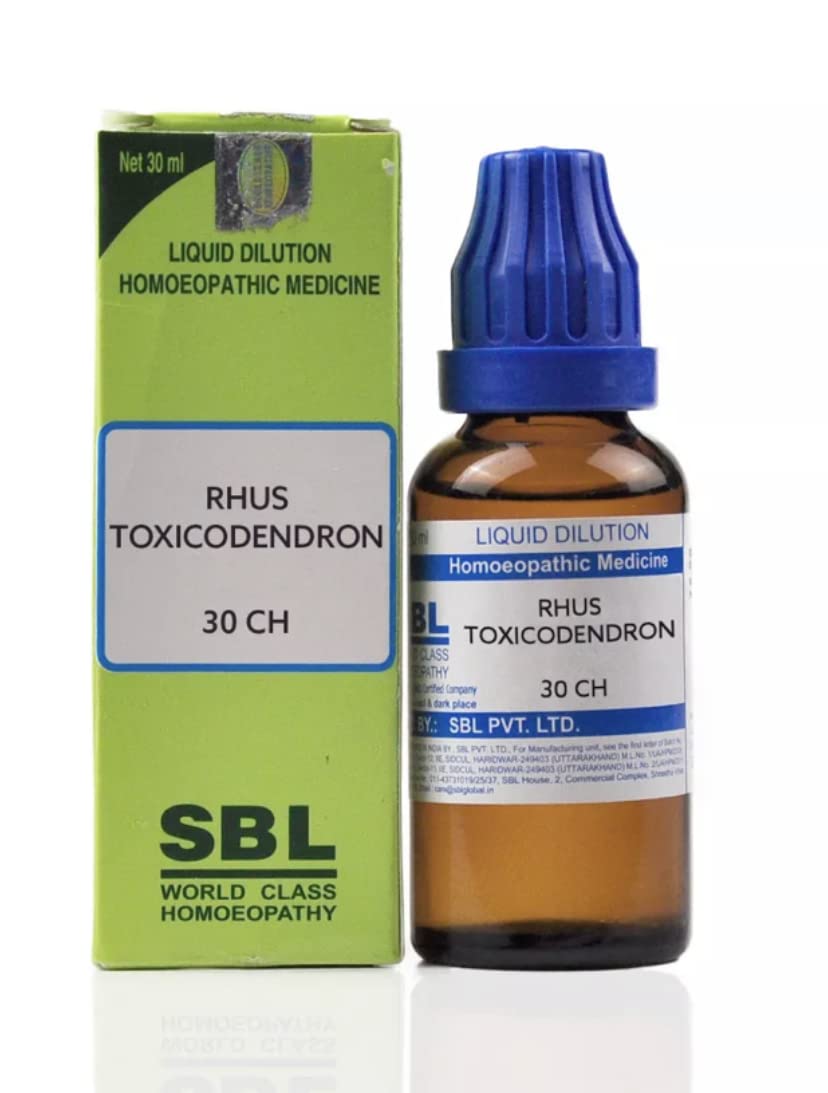
6. Pulsatilla
Weepy disposition: People who require Pulsatilla often exhibit a gentle, weepy, and sensitive disposition. They may be emotionally sensitive and seek comfort and reassurance from others.
Changeable moods: Individuals needing Pulsatilla may experience mood swings and emotional instability. They may feel better with emotional support and may become sad or anxious when left alone.
Worse in a warm room: Pulsatilla symptoms, including swollen ankles, tend to worsen in warm or stuffy rooms. Fresh air and open windows often bring relief.
Desire for open air: People who benefit from Pulsatilla often have a strong desire for fresh air and open spaces. They may feel better when outdoors.
Tearfulness: Pulsatilla individuals may cry easily and find emotional release through tears. This emotional sensitivity can extend to physical symptoms like swollen ankles.
Changeable thirst: Their thirst may vary, and they may not have a consistent pattern of thirstiness.
Mucus and congestion: Pulsatilla individuals may have a tendency toward mucus production and congestion in various areas of the body, including the respiratory system and eyes.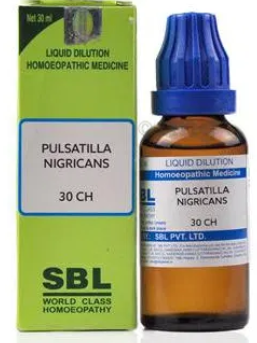
7. Colchicum Autumnale
Swelling with burning pain: Swelling of the ankles that is accompanied by a burning, tearing, or shooting pain can be a characteristic indication for Colchicum. The pain may be worse with the slightest touch or movement, making the person very sensitive to any pressure.
Redness and inflammation: Colchicum is indicated when the swollen ankles are red, hot, and inflamed. The skin over the swollen area may appear shiny and tight.
Worse from motion: Symptoms tend to worsen with any kind of movement or touch. Even the slightest motion can exacerbate the pain and discomfort.
Relieved by rest: In contrast to worsening symptoms with movement, the swelling and pain may improve when the affected person is at rest or keeps the legs elevated.
Gouty tendencies: Colchicum is often considered in cases of gout or gouty arthritis, which can involve swollen and painful joints, including the ankles.
Medicine images use for reference only selection of homeopathic medicine depends on the individual’s specific symptoms and overall constitution. Moreover, homeopathy is a holistic system of medicine that treats the individual as a whole. In addition to addressing the physical symptoms, it takes into account the emotional and mental state of the person. Consequently, it’s crucial to consult with a qualified homeopathic practitioner for personalized treatment.
The information provided on this website is intended solely for educational purposes. Always seek the advice of your physician or other qualified health provider.

Pingback: Homeopathic Medicine For Fatty Liver - HOMOEO HEALING